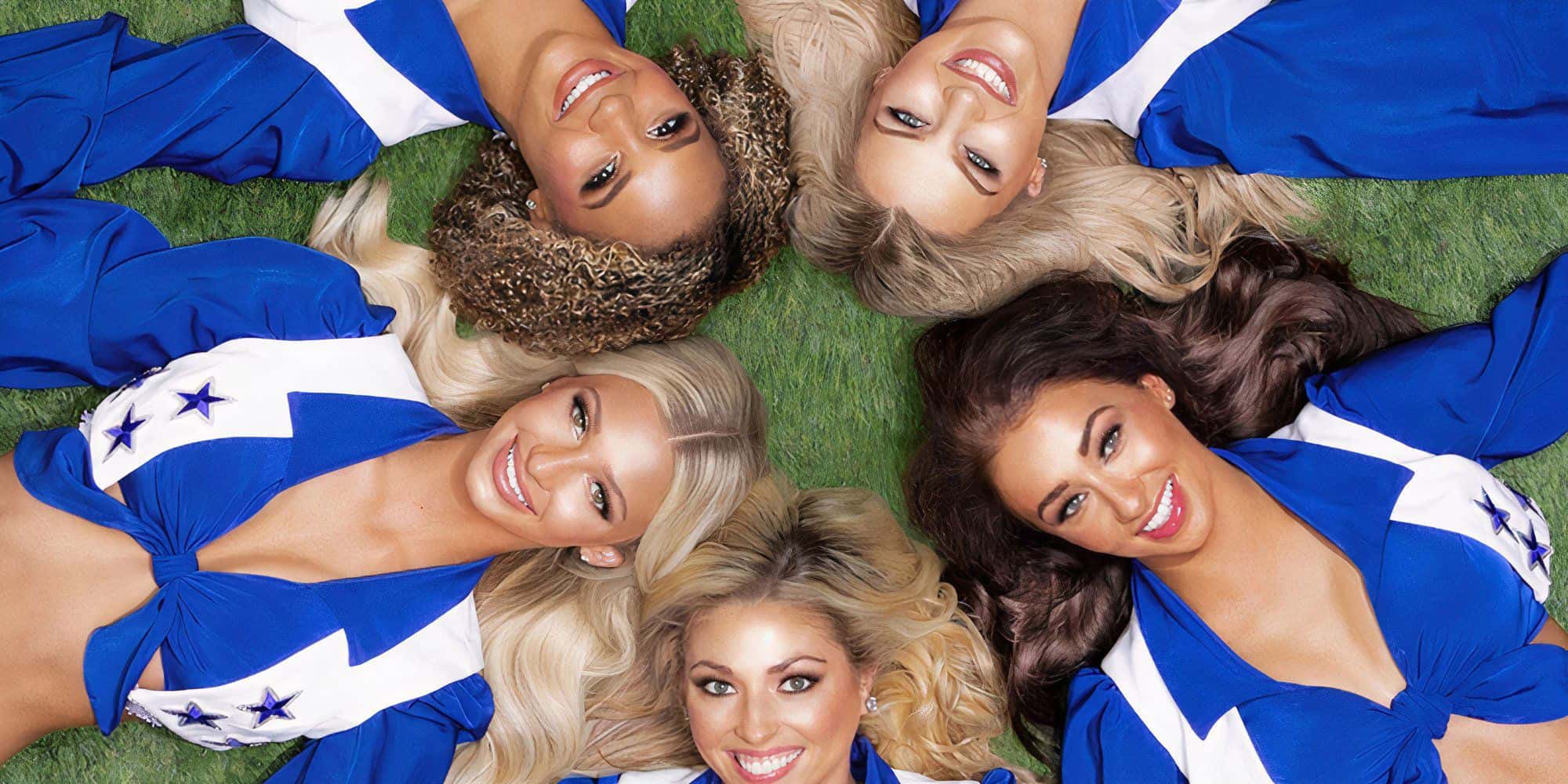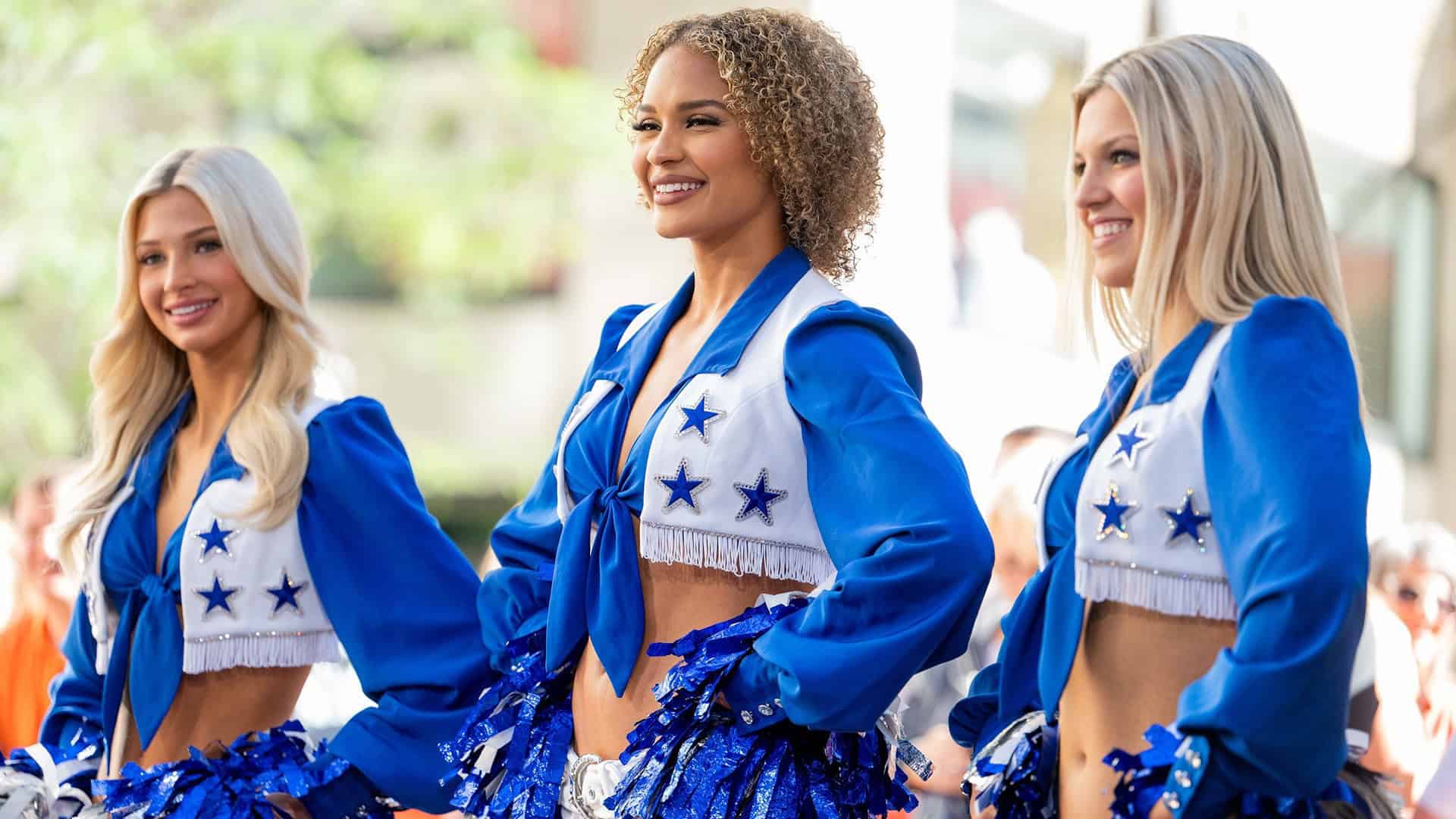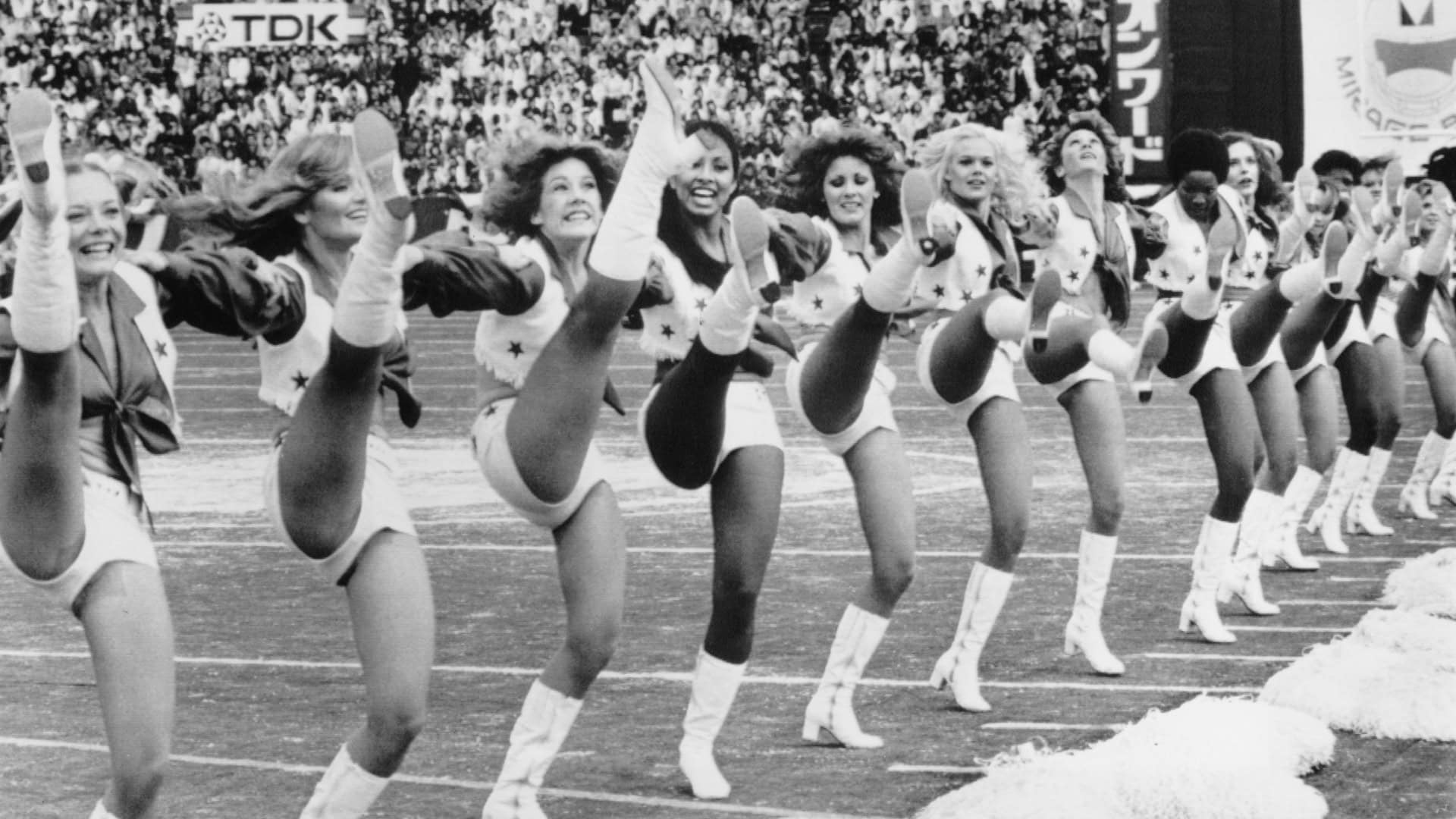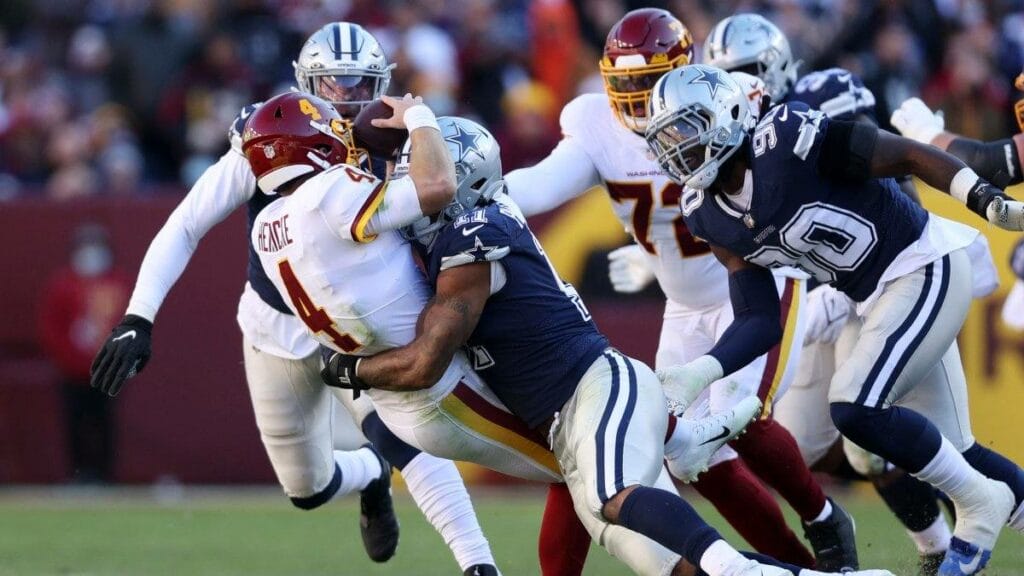The Dallas Cowboys Cheerleaders (DCC) are a globally recognized group with a rich history that many young girls aspire to join.
Their origin story dates back to 1960, when a group of kids were brought in and were known as the “CowBelles and their Beaux,” who performed during the games.
It wasn’t until the early 1970s that a modern version of the squad—made up of professional dancers—was introduced.
Under the leadership of Tex Schramm, the Cowboys’ GM at the time, the team decided to revamp its cheer squad by recruiting adult women with dance backgrounds.
This transitioned from traditional cheerleading routines to high-energy jazz and precision-style choreography. The change was instantly iconic.
By 1977, the DCC had skyrocketed to national fame and appeared on The Love Boat and graced countless magazine covers.
They became the first NFL cheerleaders to sign endorsement deals and make global appearances, essentially launching the concept of professional cheerleaders as we know it.
Yet, for all their cultural impact, one thing remained painfully stagnant for decades: the pay.

The 400% Pay Raise: Breaking Down the Numbers
The recent pay raise was confirmed recently, ahead of the NFL season and shortly after the release of Netflix’s hit docuseries America’s Sweethearts: Dallas Cowboys Cheerleaders.
Here’s how compensation changed:
- Hourly wage: Jumped from $15 to $75/hour
- Game-day compensation: Increased from $500 per game to $2,000 per game.
This 400% raise means the DCC are now the highest-paid professional cheerleaders in all of American sports.
The Netflix Effect: Shedding Light on the Struggle
The Netflix series didn’t just entertain—it ignited a movement.
Viewers got a raw look behind the sequins and smiles. They saw the exhaustion after late-night practices, the real-life financial strain, and the emotional pressure of maintaining appearances while juggling full-time jobs or being a full-time student.
The documentary made one thing clear: the job was high-stakes, high-performance, and high-visibility—but not high-paying.
The public outcry following the series, combined with behind-the -scenes pressure from cheerleaders and staff, led to the landmark pay adjustment. A veteran dancer called the raise “life-changing.” And it is.
How the Dallas Cowboys Cheerleaders Pay Compares Across the NFL
Here’s how the Dallas Cowboys Cheerleaders’ new compensation stacks up against other NFL squads:
Dallas Cowboys Cheerleaders (2025)
- $75/hour
- $2,000 per game
- Est. $85,000-$110,000/year
New York Jets Flight Crew
- $20/hour
- $200-$300 per game
- Est. $10,000-$15,000 annually
Miami Dolphins Cheerleaders
- $20/hour
- $500 per game
- Est. $15,000 annually
Despite the glitz, most NFL cheerleaders still earn under $15,000 a year, often with no benefits. In contrast, the Cowboys have now set a new market standard—one that exposes the vast pay gap and raises the bar for fairness and respect.

Legal and Cultural Pressure: Why Now?
This pay increase isn’t just generosity—it’s the result of years of lawsuits, activism, and labor advocacy.
- In 2018, former DCC member Erica Wilkins sued the Cowboys for unpaid wages, alleging she earned less than minimum wage after rehearsals, games, and appearances were accounted for.
- Around the same time, other squads—including the Raiders, Bengals, and Jets—faced legal action for wage theft and discriminatory treatment.
The common thread? Cheerleaders were often treated as disposable part-time entertainers, while their labor and likeness generated millions for franchises.
The Cowboys’ pay raise signals a shift: an acknowledgment that the cheerleaders are not just “eye candy,” but trained athletes, brand ambassadors, and cultural icons who deserve to be compensated accordingly.
Why the Raise is a Big Deal
1. Sets a New Standard
The Cowboys are the most visible cheer squad in the NFL. Their actions often set trends. With this raise, they’re forcing other teams to examine their compensation models—or risk backlash.
2. Elevates the Role of Women in Sports
This raise is a victory for gender pay equity in sports. It highlights the professional value of performance roles typically filled by women—and the need to pay them what they’re worth.
3. Creates Industry-Wide Pressure
NFL cheerleaders are not unionized. But the Dallas Cowboys Cheerleaders’ move could lead to broader collective bargaining conversations across the league and other sports.
The Road Ahead: Still Work to Do for the Cheerleaders
While this raise is monumental, Dallas Cowboys Cheerleaders are still classified as part-time employees, meaning they don’t receive full benefits like health insurance or retirement contributions.
Many advocates believe the next step is full-time status, including coverage for medical expenses and post-career support.
In addition, critics argue that cheerleaders across all 32 teams deserve similar raises—not just those lucky enough to wear the iconic star.

Dallas Cowboys Cheerleaders are Iconic in Every Way
The Dallas Cowboys Cheerleaders have come a long way—from pioneering the modern professional cheerleader role in the 1970s to finally earning a paycheck that reflects their hard work and global influence.
Their 400% raise isn’t just about dollars—it’s about dignity, recognition, and progress.
It’s a cultural milestone for women in sports, entertainment, and American labor rights.









